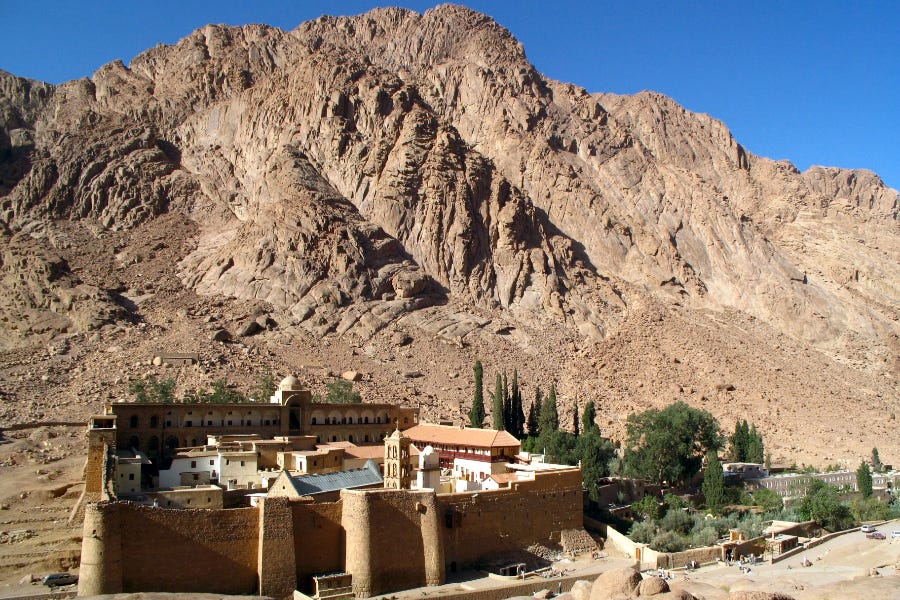What’s happening at Egypt’s St Catherine’s Monastery?
A controversial court ruling over the ownership of the ancient monastery at the foot of Mount Sinai has caused outcry.
An Egyptian court ruling last week triggered an outcry across the Christian world.

The May 28 ruling concerned the ownership of the land of the ancient St. Catherine’s Monastery, nestled at the foot of Mount Sinai.
Rumors circulated on social media that…
